Imagine you have a microwave, a cardboard box, some aluminum foil, and an iPad. It might be hard to see how these relate to your grandma with hearing issues.
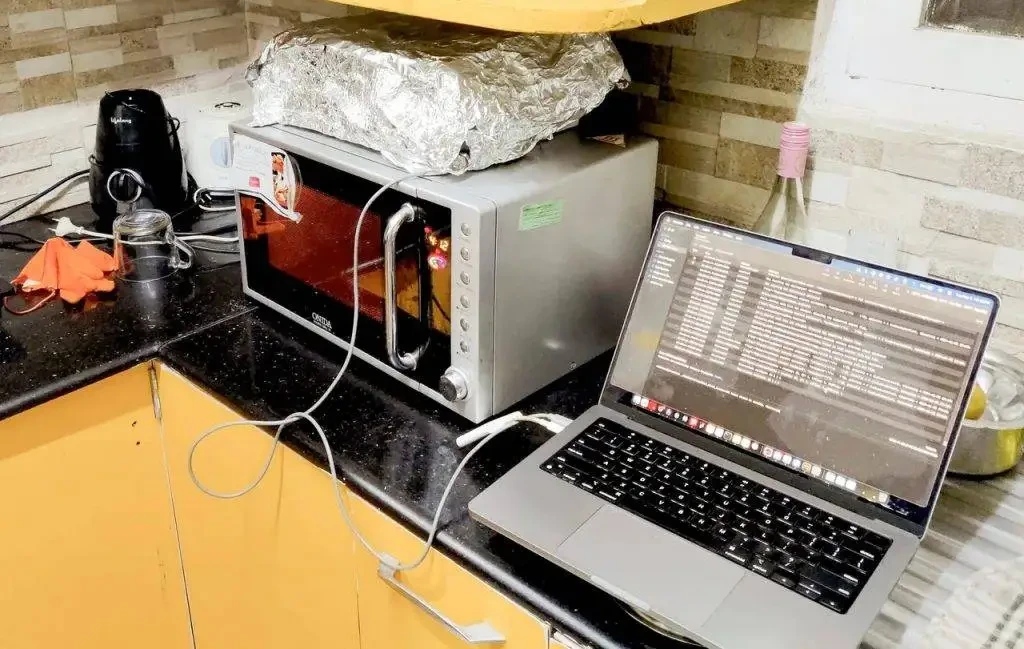
A few Indian guys used these items to create a signal-blocking “Faraday cage.” By placing a Wi-Fi version iPad 10 inside, they isolated it from surrounding devices and wireless networks. Turning on the microwave interfered with the Wi-Fi signal.
Using an open-source Wi-Fi database and spoofing tools, they tricked the iPad into thinking it was in California, USA.
All this effort was for one purpose: to enable their grandma in India to use the hearing aid feature on AirPods Pro 2.
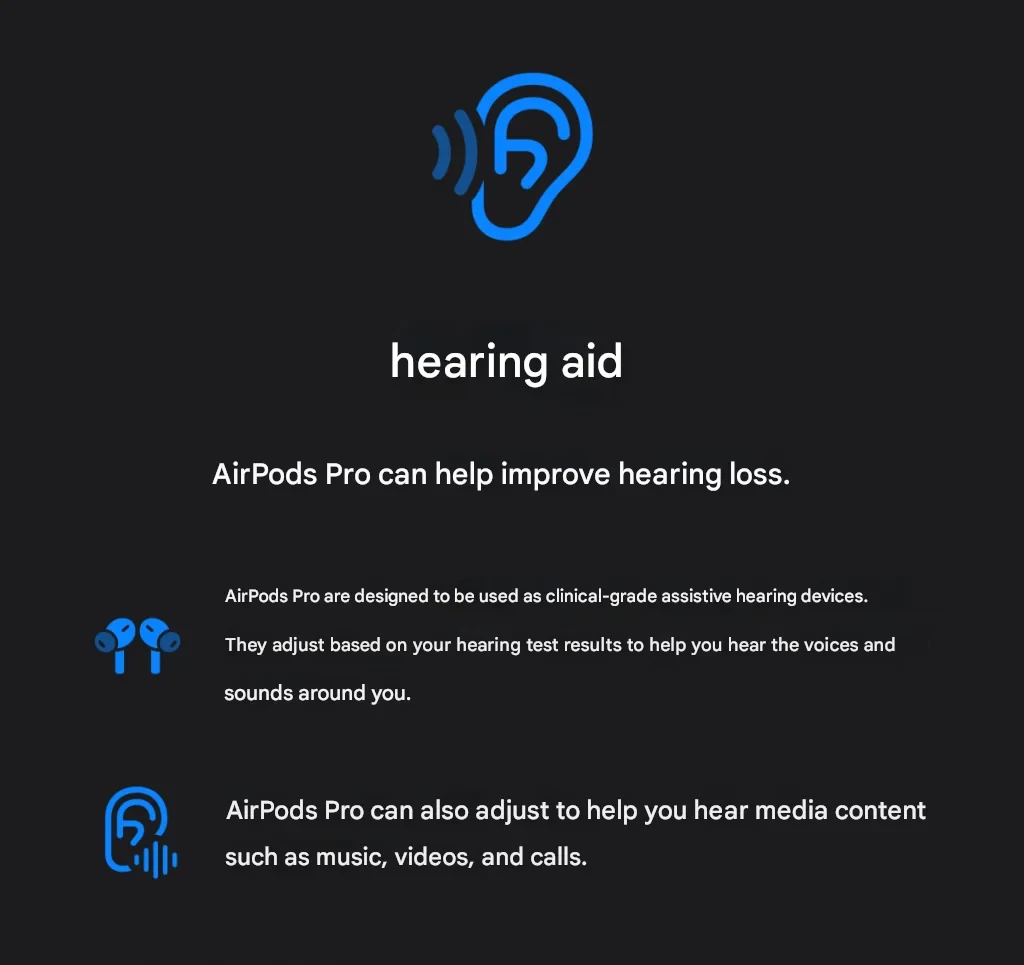
Long-Developed Hearing Aid Feature
With the iOS 18.1 update, iPhone users can use AirPods Pro 2 to conduct a hearing test before enabling the hearing aid feature. Users can also scan or upload an audiogram from their doctor.
The hearing test takes about five to ten minutes in a very quiet environment. The earbuds play sounds at different frequencies, and users tap the screen when they hear them, identifying which frequencies they can’t hear.
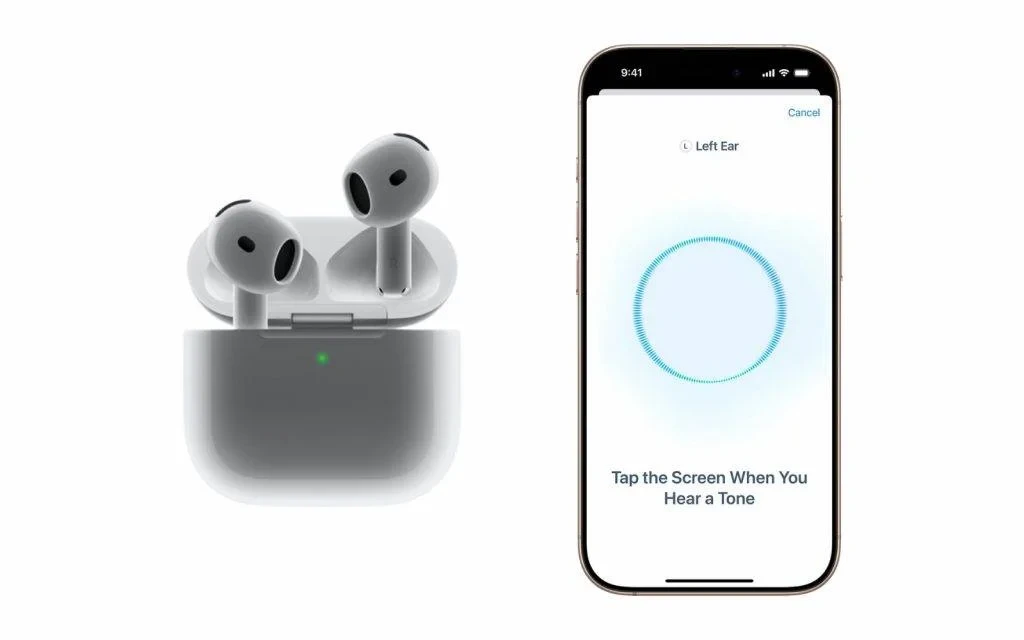
After the test, a personal hearing profile is generated, showing the decibel level of hearing loss and a near-clinical audiogram.
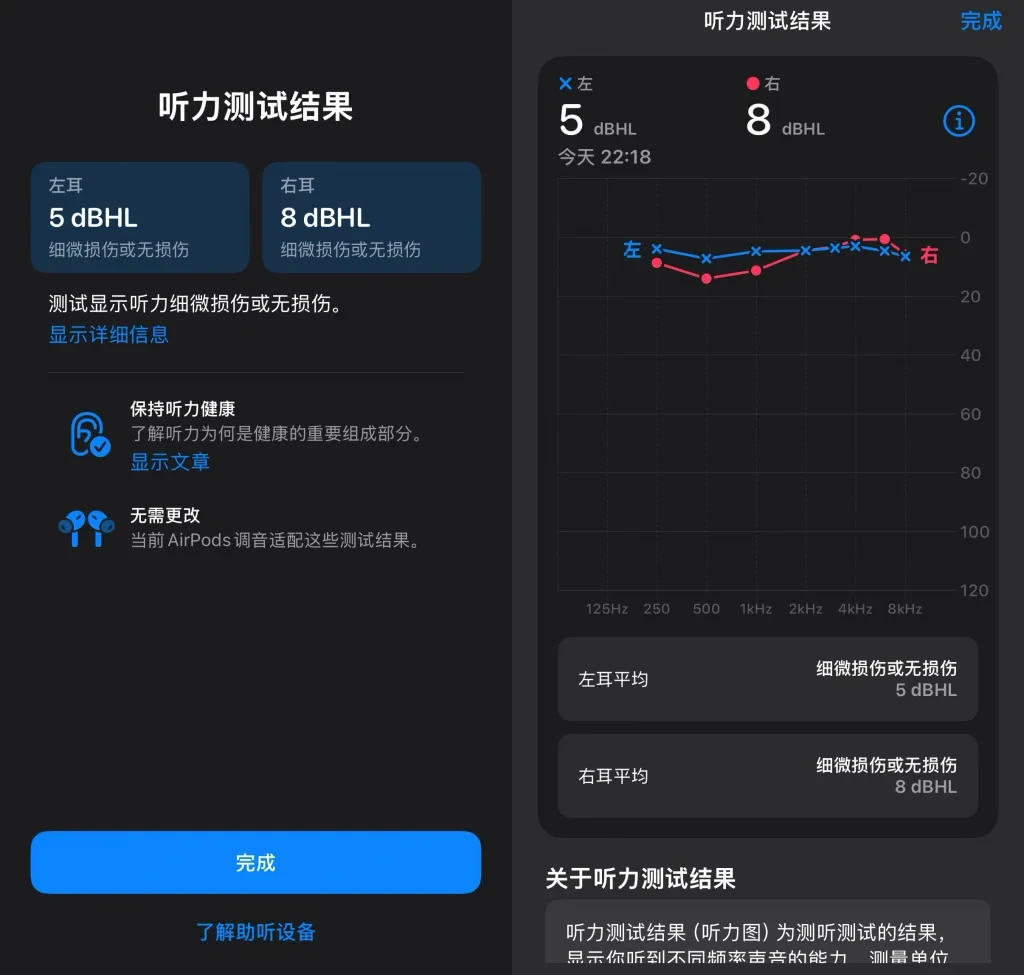
Wearing AirPods Pro and switching to “Transparency Mode” activates the hearing aid mode. It amplifies the frequencies you struggle to hear, making AirPods less suitable for sharing.
Even users with mild hearing loss will notice clearer external sounds, like TV dialogues and conversations in noisy environments.
The earbuds don’t just amplify all sounds; they suppress city noise while keeping important sounds like car horns clear.
Besides enhancing external sounds, the hearing aid mode also has a “Hearing Assistance” feature for internal sounds, boosting volume during video playback, music, or calls.
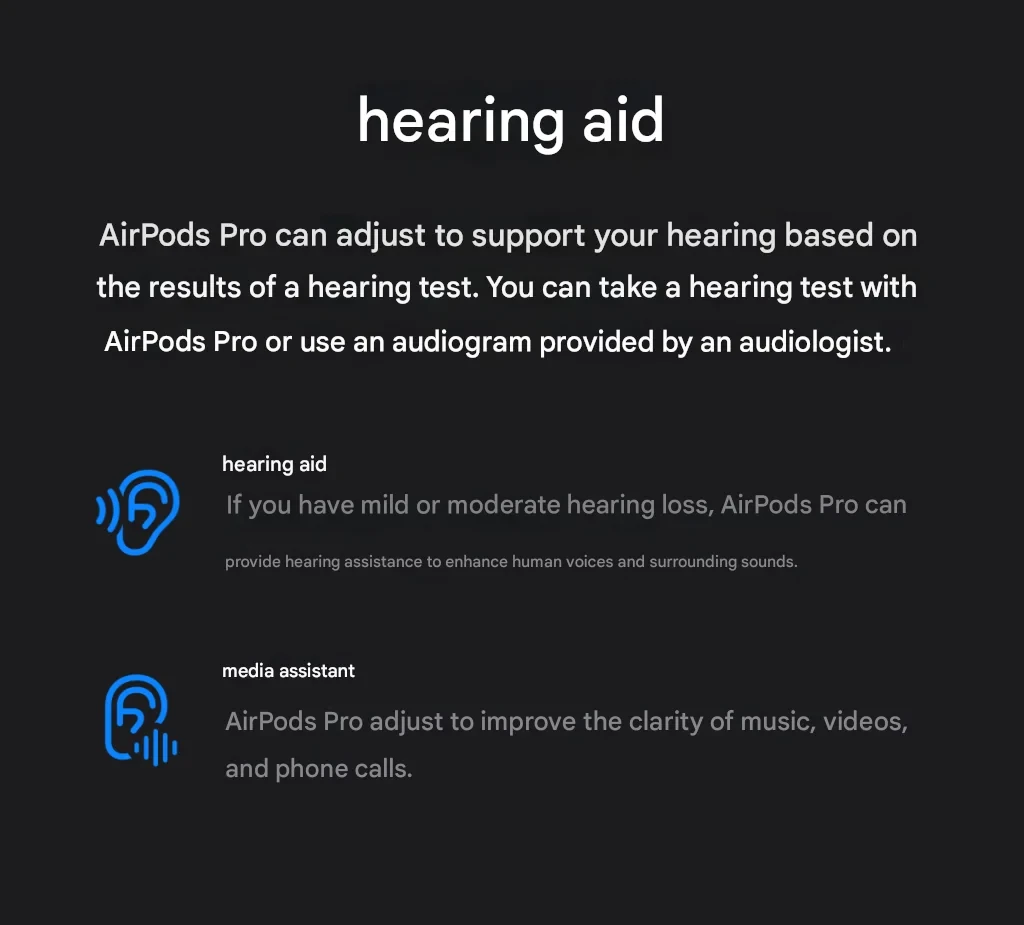
Users might need time to adapt to the hearing aid feature, but the iPhone’s control center has a dedicated panel for it. Users can adjust the hearing enhancement intensity and toggle other hearing assistance features on AirPods Pro with one click.
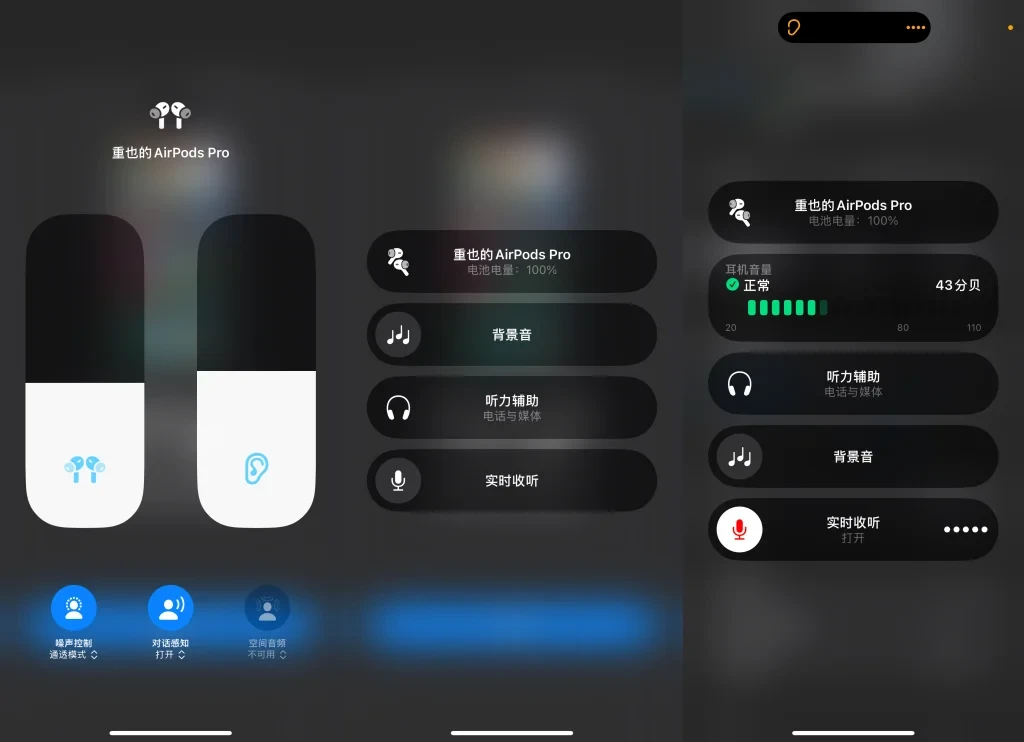
When these features, previously scattered across phone settings, are integrated, we realize that turning AirPods into hearing aids has been Apple’s plan for a long time. Six years ago, the “Live Listen” feature, which turned iPhones into microphones, was extended to AirPods. Since then, AirPods have embarked on a journey to explore their potential as hearing aids. In 2021, AirPods Pro received the “Conversation Boost” feature, allowing users to hear face-to-face conversations more clearly and reduce ambient noise.

Both users and the medical community have long been exploring the possibility of using AirPods as hearing aids. In early 2024, Yonsei University College of Medicine in South Korea conducted an experiment with 35 patients with mild to moderate hearing loss, testing them with AirPods Pro. The results showed that even the pre-upgrade AirPods Pro could achieve consumer-grade personal hearing aid effects.
The clinical-grade hearing aid function goes a step further, becoming the first over-the-counter hearing aid software feature approved by the U.S. Food and Drug Administration, changing the rules of the hearing aid industry.
The Beginning of Change
Hearing aids are not cheap.
In the United States, hearing aids generally cost over $300, which is just for very basic “sound amplifiers” that simply amplify external sounds without supporting customization.
Mainstream, feature-rich OTC hearing aids on the market, such as those from the Jabra brand, cost over $1,000.
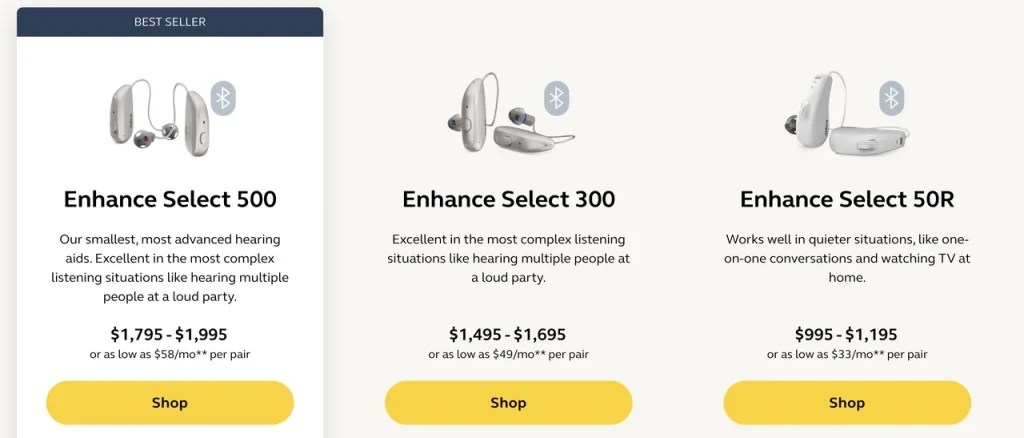
In contrast, the AirPods Pro 2, which can conduct hearing tests and support personalized enhancement for people with mild to moderate hearing loss, is priced at $250 in the U.S. and can be purchased at even lower prices on third-party platforms.
The situation in China is more complex. A survey by Beijing News found that the quality of low-cost over-the-counter hearing aids sold on e-commerce platforms varies greatly, with many rebranded products being of poor quality and potentially worsening hearing loss.
Professional products in China are similarly priced to those in the U.S. Sound amplifiers cost around $137 or less and do not provide a good experience; mainstream entry-level and mid-range hearing aids cost around $274-958 per unit; high-end products cost over $1,368 per unit. The AirPods Pro 2 is priced at around $260 in China, with e-commerce platform prices around $205.
Not only is the price lower, but the experience with AirPods Pro 2 is also better. Most hearing aids on the market have many buttons and are not intuitive to adjust, with Bluetooth functionality being an additional cost. The AirPods Pro 2 can conduct hearing tests, and hearing aid parameters can be intuitively adjusted using an iPhone, while also serving as high-quality Bluetooth earphones.
Another very important point is that as earphones, the AirPods Pro 2 do not make elderly users feel ashamed.

“Grandma uses AirPods to watch TV and feels great. When wearing the earphones, she doesn’t feel like a patient.”
This is what an Indian young man wrote in a related blog about cracking the AirPods hearing aid function using a “Faraday cage.”
The study by Yonsei University College of Medicine mentioned:
“The barriers to using hearing aids are high prices, shame, and some negative perceptions, and AirPods can eliminate these barriers, providing an affordable and clinically effective option for hearing rehabilitation for those with hearing loss.”
But I believe AirPods are not just a better choice for people with hearing loss; they are sparking a revolution in hearing health.
According to the World Health Organization, over 1.5 billion people worldwide have hearing loss issues, and 430 million are at risk of hearing disability.
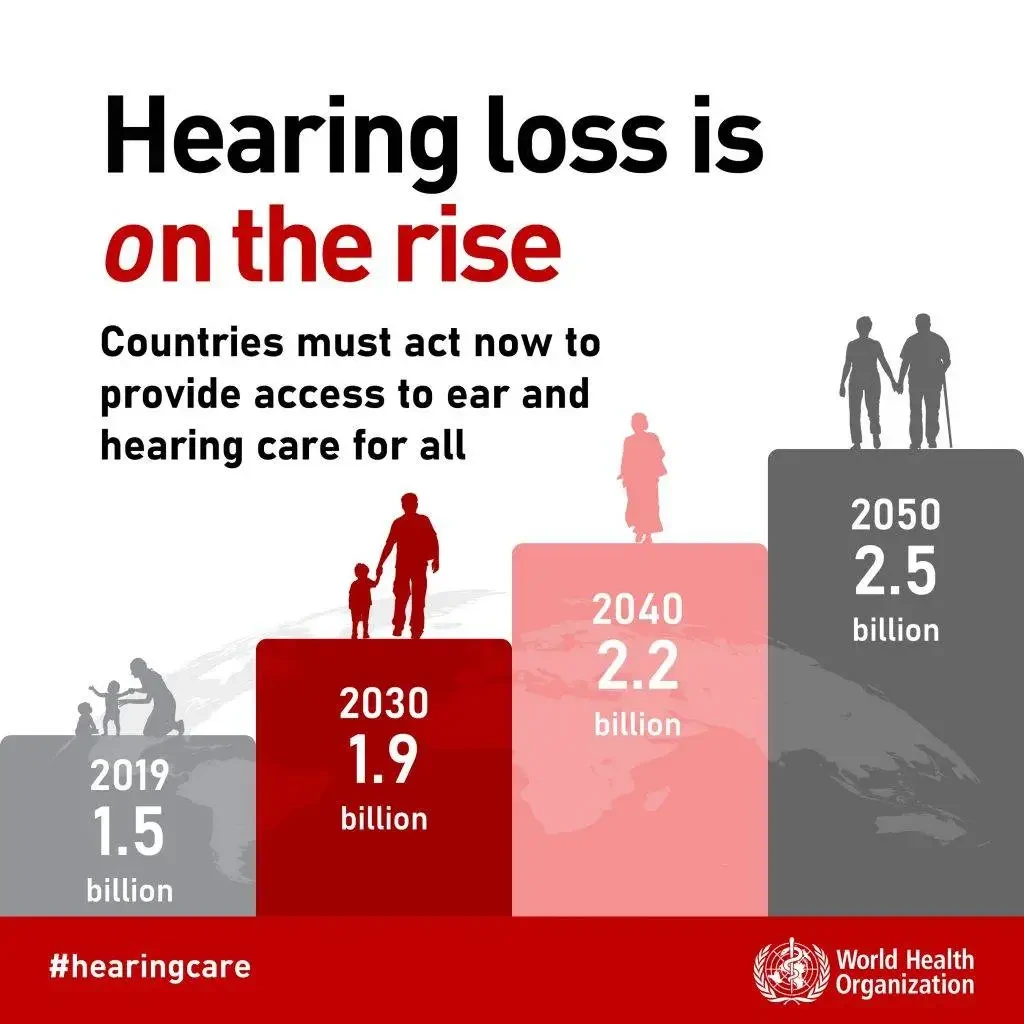
Due to its gradual worsening nature, hearing loss is often hard to detect. Apple’s research shows that in the U.S., 80% of the population has not had a hearing test in the past five years, and 75% of diagnosed hearing loss patients worldwide lack the necessary support.
Tencent data shows that about 63 million elderly people in China need to wear hearing aids, but only 6.5% do, and 67% of the elderly are unaware of their hearing decline, with only 7.4% having undergone hearing tests.
Therefore, if tens of millions of AirPods Pro 2 users worldwide can spend five to ten minutes at home doing a reliable hearing test to understand their hearing loss situation, it can be considered a significant advancement in global hearing health.
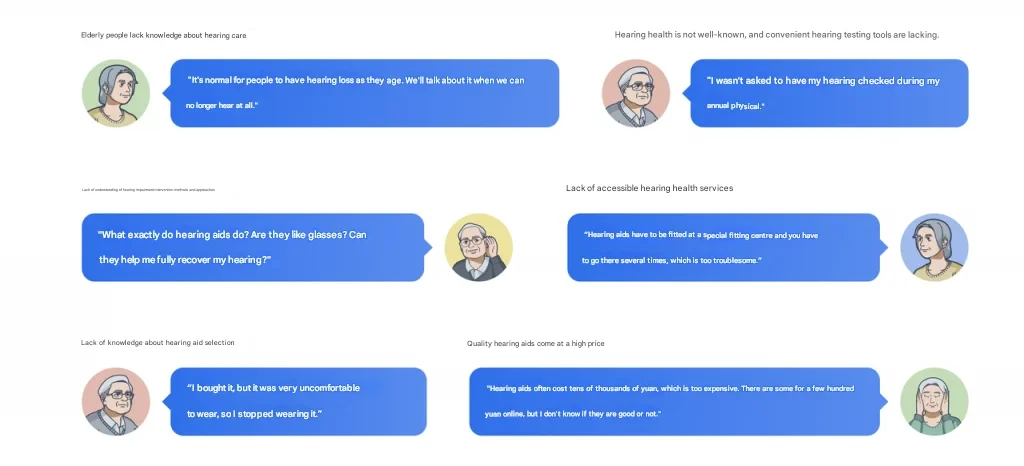
▲ Image source: Tencent Silver Hearing Health
Users who test for mild to moderate hearing loss might just be a bit hard of hearing and need people around them to speak louder, but they don’t need hearing aids yet. At this point, they can simply use an AirPods Pro 2 to assist themselves.
Of course, AirPods Pro 2 cannot completely replace hearing aids. As a “non-prescription” level feature, AirPods are only suitable as an auxiliary device for those with mild to moderate hearing loss.
Compared to traditional hearing aids, AirPods Pro 2 earbuds are not comfortable to wear for long periods, and the hearing aid function only lasts for 6 hours, which is far behind most traditional hearing aid devices.
There is also a major issue: due to the clinical-grade medical functions involved, not all regions’ AirPods Pro 2 can be used as hearing aids. Currently, this feature is not available in mainland China.
Ensuring Everyone Gets the Help They Need
In the final stages of his life, Steve Jobs, who was battling cancer, was constantly dealing with doctors and the medical system. It was during this time that some ideas began to form in his mind about connecting patients, medical data, and healthcare systems, and creating a mobile personal device that could track health.
Jobs did not live to see these ideas come to fruition, but the Apple Watch indeed created a portable, convenient, and intuitive health management system, helping more people understand their physical condition and identify potential health risks.
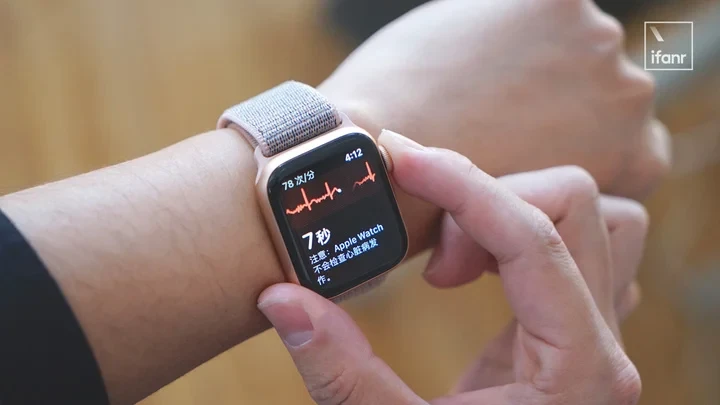
Today, AirPods have inherited and even surpassed Jobs’ vision, not only detecting and recording personal hearing health but also serving as non-prescription clinical-grade medical devices.
As wearable devices used by more people globally, we indeed have higher expectations for Bluetooth wireless earbuds.
In 2019, we boldly predicted that AirPods might draw inspiration from hearing aids in the future, not only providing hearing assistance but also integrating AI and a range of full-body health monitoring functions.
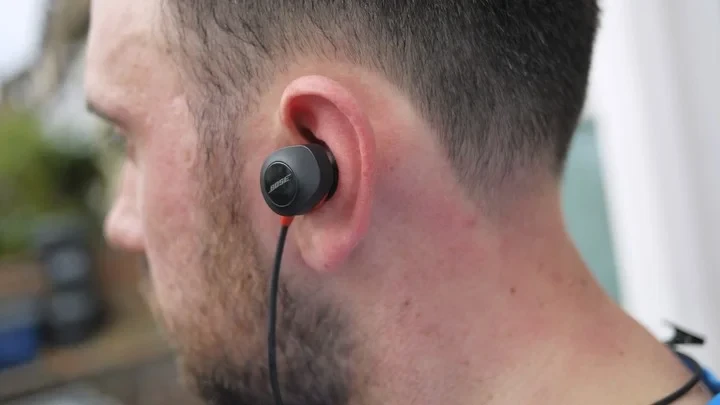
AI headphones are emerging, health monitoring functions are still being explored, but the hearing aid function can already help many users with mild hearing loss get quick and easy assistance.
Although the hearing aid function has not yet arrived in mainland China, the good news is that Apple is just a pioneer on this path, and more manufacturers are starting to focus on hearing health.
On the same day Apple announced the hearing aid function for AirPods, Tencent’s “Tianlai Lab,” which focuses on hearing health, also released a hearing test, fitting, and hearing aid service plan, not only focusing on traditional hearing aid devices but also aiming to achieve this on TWS wireless Bluetooth earbuds, compatible with various Android phones.
In 2023, Tencent’s SSV Silver Technology Lab launched the “Silver Hearing Health” mini-program, which can detect the minimum sound users can hear at various frequencies in a quiet environment.
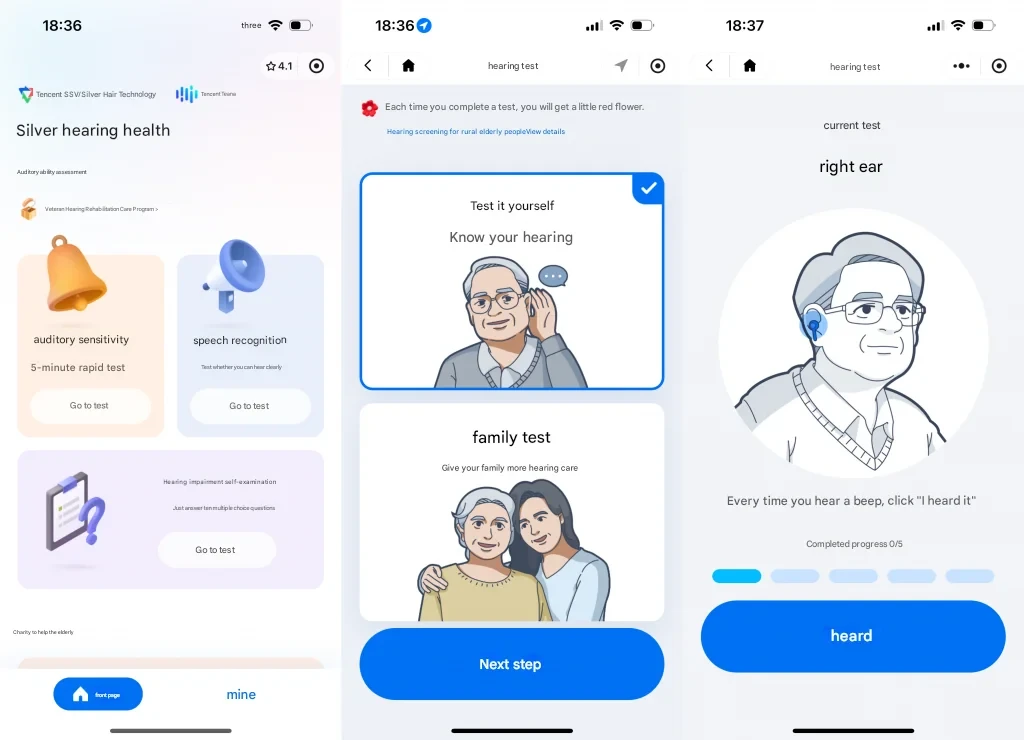
After AirPods supported the hearing aid function, many users in China called for Chinese brands to follow suit.
In recent years, the development speed of Chinese manufacturers in wearable health and accessibility functions has been remarkable, and it is believed that it won’t be long before related functions and products emerge.
Ensuring that those who need help get the help they deserve is also the value of technological progress.
Source from ifanr
Disclaimer: The information set forth above is provided by ifanr.com, independently of Alibaba.com. Alibaba.com makes no representation and warranties as to the quality and reliability of the seller and products. Alibaba.com expressly disclaims any liability for breaches pertaining to the copyright of content.



